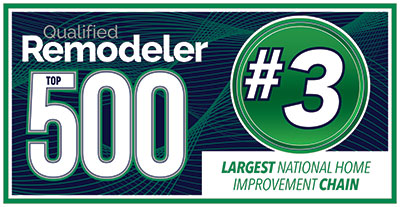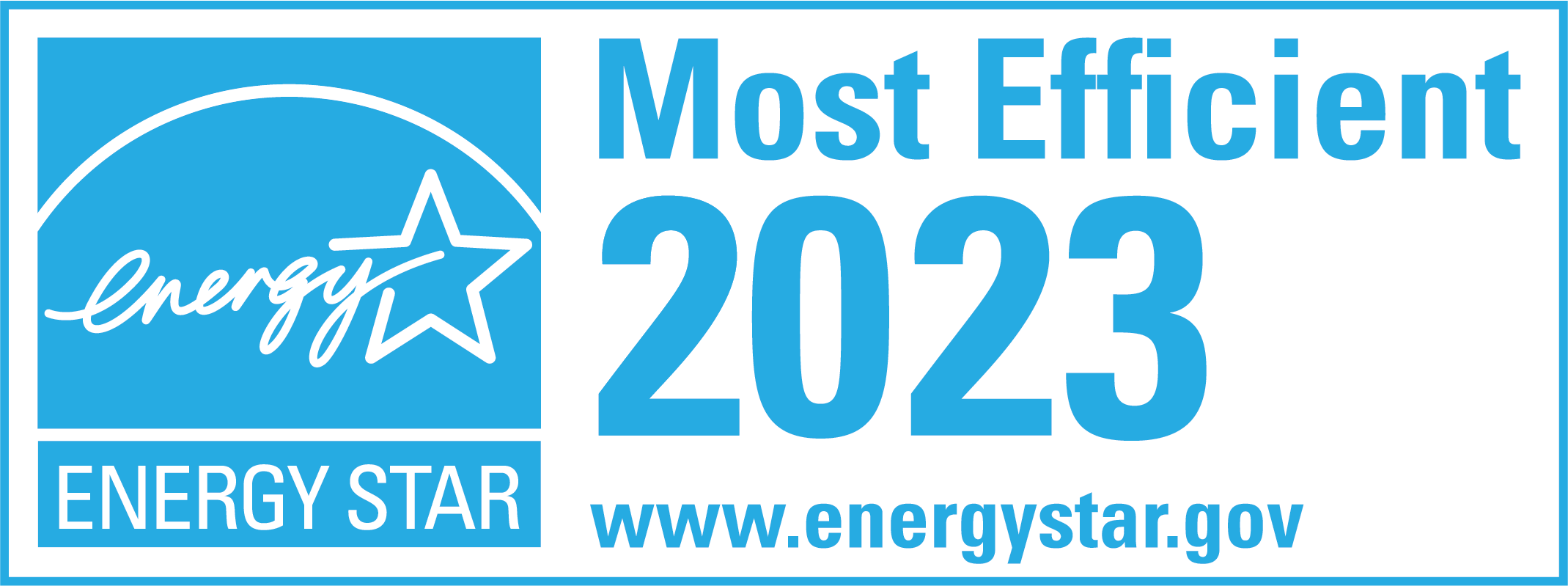What Are NFRC Ratings For Home Windows?
The NFRC label helps homeowners evaluate energy-efficient windows, doors, and skylights. It provides comprehensive energy performance ratings in several key areas to compare products. NFRC labels take the mystique out of window and door sales, so you have an apples-to-apples comparison of energy efficiency.
This article covers the following topics:
- What values are on an NFRC label?
- What does the U-Factor mean?
- What is the Visible Transmittance?
- What is the Solar Heat Gain Coefficient?
- What is Air Leakage?
- What does the Condensation Rating measure?
- Is NFRC the same as Energy Star?
What values are on an NFRC label?
An NFRC label on a window may have up to five values. U-Factor, Visible Transmittance, Solar Heat Gain Coefficient, Air Leakage, and Condensation.

Sourced from NFRC.ORG
What does the U-Factor mean?
U-Factor signifies how well a product can keep your interior temperature stable. It measures how well a product keeps heat from escaping inside a room. When evaluating a U-Factor for new windows, look for low numbers. The lower the U-Factor, the better the window keeps temperatures stable. The rating range is between 0.20 – 1.20.
Why is the U-Factor important for new windows in Texas?
The NFRC U-Factor is a crucial factor to consider before buying new windows. This rating measures the heat transfer rate or the amount of heat that flows through the window and out of your home. A low U-Factor indicates better insulation, meaning heat will stay inside during colder months, and cool air will stay inside during the hot Texas summers, lowering energy bills.
Energy-efficient replacement windows can keep your thermostat constant, reducing the wild swings and overtime through which we put our HVACs systems.
What is the Visible Transmittance (VT)?
With Visible Transmittance, you can learn how to optimize your home’s daylighting. This rating ranges from 0-1. Higher numbers indicate that more natural light will come through.
Does Visible Transmittance matter for replacement windows in Texas?
It’s hard to say how much VT impacts energy bills and usage. VT may be valuable if you’re home during the day and have lights on throughout the house. However, most homeowners are at work, their kids are at school, and their lights are off during the day, so VT doesn’t impact their decision to buy windows.
What is the Solar Heat Gain Coefficient (SHGC)?
The Solar Heat Gain Coefficient measures how well new windows resist outside heat. The SHGC determines how well your windows will keep the outside temperature, outside. On a scale of 0 – 1, look for low numbers. As NFRC.org says, “The lower the number, the less you’ll spend on cooling.”
Is the SHGC value significant for replacement windows in Texas?
Absolutely. The SHGC is the most vital information regarding the efficiency of your replacement windows. If you’re buying windows to lower your utility bills, increase your home’s comfort, and lessen your HVAC system’s use, a low SHGC is non-negotiable.
What is Air Leakage?
The air leakage rating measures the air entering a room through your window. Lower numbers lead to fewer drafty windows. The range should be ≤ 0.3.
Does Air Leakage matter for replacement windows in Texas?
You want to avoid drafty doors and windows, so paying attention to the air leakage value is a good idea. However, not all windows are tested for air leakage, so you’ll want to talk with your local DFW replacement window company to discuss their window options.
What does the Condensation rating measure?
The Condensation rating measures how well the window resists condensation forming inside the window. Condensation can happen when there are extreme temperature differences between the inside and outside temperatures. We’ve seen this from time to time when an air vent is blowing directly on a window.
Is the NFRC label the same as an Energy Star rating?
A product that is Energy Star-rated is a good thing. However, the Energy Star rating does not tell you how good or make it easy to compare products. The NFRC label takes energy efficiency a step further by allowing window manufacturers to test the efficiency of their products. The result is an NFRC label that lets you compare energy-efficient products to each other.
What NFRC ratings should your windows have if you live in Dallas, Fort Worth, Texas?
Energy Star has segmented the US into four distinct climate zones: Northern, North Central, South Central, and Southern. North Texas is in the South Central climate zone, so your windows need a U-Factor of ≤ 0.30 and an SHGC of ≤ 0.20.
Visible Transmittance, Air Leakage, and Condensation are not mandated or recommended for any zones. We recommend you check with your local city website or ask your trusted replacement window company for permitting and code compliance.
You can download the Energy Star recommendations here.
In closing
The NFRC label makes it easy to compare energy-efficient windows. Click here to search the NFRC directory to get the values for the windows you’re considering. We are here to answer questions at Window Depot of Dallas and help you choose the right windows for your North Texas home. Call us at 214-399-9592 or request a free window estimate online.






